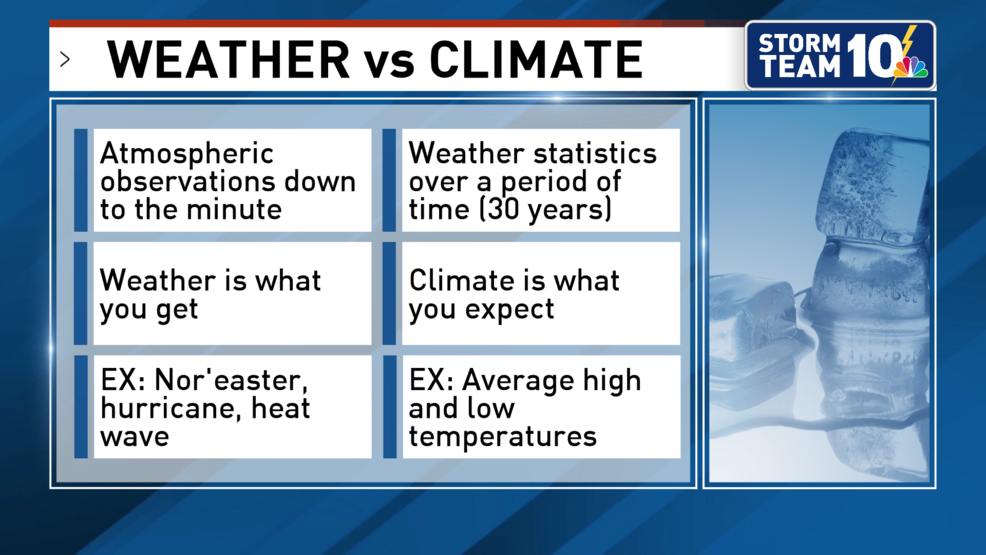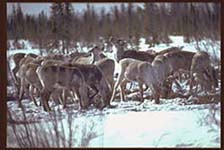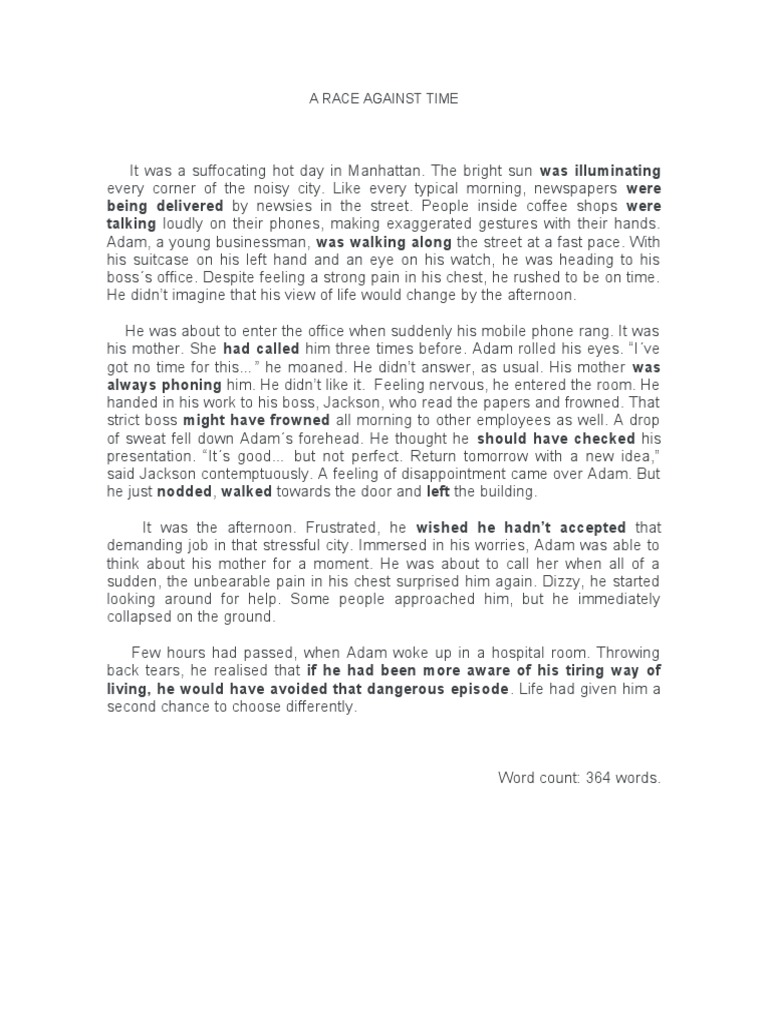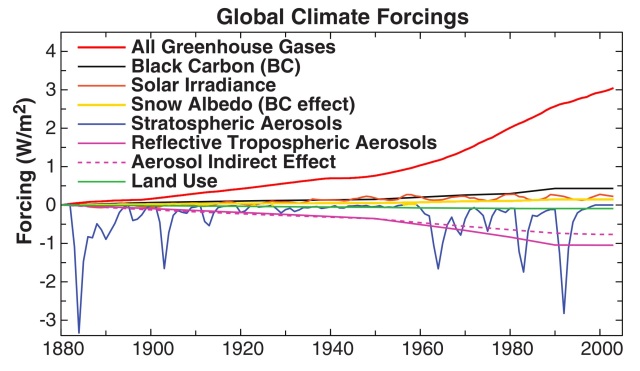The interplay between weather and climate is a topic of considerable significance, yet it often engenders confusion. To the layperson, these terms may seem interchangeable, but they encapsulate vastly different phenomena. This complexity is not just an academic curiosity; understanding the distinction has profound implications on our comprehension of environmental changes and their potential impacts on our lives.
At the heart of this confusion lies the sheer variability of the atmosphere. Weather refers to the short-term conditions present in the atmosphere at a specific location and time. It encompasses a broad array of atmospheric phenomena, including temperature, humidity, precipitation, cloudiness, visibility, and wind. In stark contrast, climate represents the long-term averages and patterns of weather over extended periods, typically 30 years or more, within a particular region. This distinction is crucial, especially in light of ongoing discussions about climate change and its far-reaching effects.
To delve deeper, we must explore the fundamental characteristics that set weather apart from climate.
The Ephemeral Nature of Weather
Weather is inherently transient. It can shift dramatically from one moment to the next. A sunny morning can give way to thunderstorms by afternoon. This volatility captures human attention and evokes strong emotions; from the comfort of a sunny day to the trepidation of a brewing storm, weather is a direct, tactile experience. It shapes daily activities, travel plans, and even our moods. Meteorologists employ advanced technologies, such as radar and satellites, to forecast these swiftly changing conditions. Their predictions wield significant influence on sectors as diverse as agriculture, transportation, and recreation.
Moreover, weather phenomena can exhibit remarkable extremes. Heatwaves, blizzards, hurricanes, and tornadoes are all manifestations of atmospheric instability. Understanding these phenomena not only fascinates meteorologists but also underscores the increasing unpredictability associated with climate change. As the Earth warms, weather patterns evolve, potentially leading to more frequent and severe events.
The Steady Rhythm of Climate
In stark contrast stands climate, a more predictable rhythm of atmospheric behavior. Climate is determined by the long-term aggregation of weather data, providing insights into the norms and anomalies of a region. It incorporates various statistics, including averages, extremes, and trends over decades. For instance, the climate of a region might be classified as temperate, tropical, arid, or polar based on comprehensive historical weather records.
Climate also involves an intricate interplay of geographical factors. Elevation, proximity to oceans, and prevailing winds significantly influence local climates, creating unique environments across the globe. This complexity draws scientists to study the nuances of regional climates and the broader implications of shifts in climate patterns, particularly in the context of global warming and its concomitant effects on biodiversity, agriculture, and human health.
The Climate-Warming Conundrum
The rising global temperatures we currently witness serve as a stark reminder of the urgent need to distinguish between weather and climate. While a particular cold snap might lead individuals to conclude that climate change is a myth, it is imperative to contextualize such events within the broader climate narrative. Climate, after all, is the long-term trend; individual weather events are but fleeting blips on the radar of atmospheric science. The average global temperature is rising, glaciers are receding, and sea levels are surging—all indicators of a shift in the climate system.
Moreover, climate change poses a unique set of challenges to both human and ecological systems. As temperatures continue to rise, they catalyze a series of intricate feedback mechanisms. For instance, warmer climates contribute to droughts that precipitate food shortages, disrupt water supplies, and exacerbate resource conflicts. The interconnectedness of these systems reveals a delicate balance that humanity has long taken for granted.
The Social Implications of Weather vs. Climate
This distinction between weather and climate extends beyond scientific interest; it has profound social and economic ramifications. Understanding climate patterns can guide urban planning, infrastructure development, and disaster preparedness. Communities that grasp the difference between fleeting weather events and long-term climate trends can implement more effective adaptation strategies to mitigate risks associated with climate change.
Additionally, the narrative surrounding climate change has prompted significant public discourse, influencing policy and international cooperation. The conversation about weather, often centered on immediate experiences, is vital but significantly less influential in legislation compared to the enduring implications of climate change. The ongoing dialogues, both scientific and public, seek to bridge these understanding gaps, urging society to recognize the crucial differences while appreciating the intertwined nature of weather and climate.
In summation, the difference between weather and climate extends far beyond mere semantics; it encapsulates the essence of our relationship with the environment. As fluctuations in weather patterns intensify in the face of climate change, understanding these distinctions becomes increasingly critical. Such understanding not only enhances scientific literacy but also empowers individuals and communities to engage thoughtfully in an era characterized by rapid environmental transition. We stand at the precipice of potential change—a more informed populace could be the key to navigating this complex and urgent challenge.



